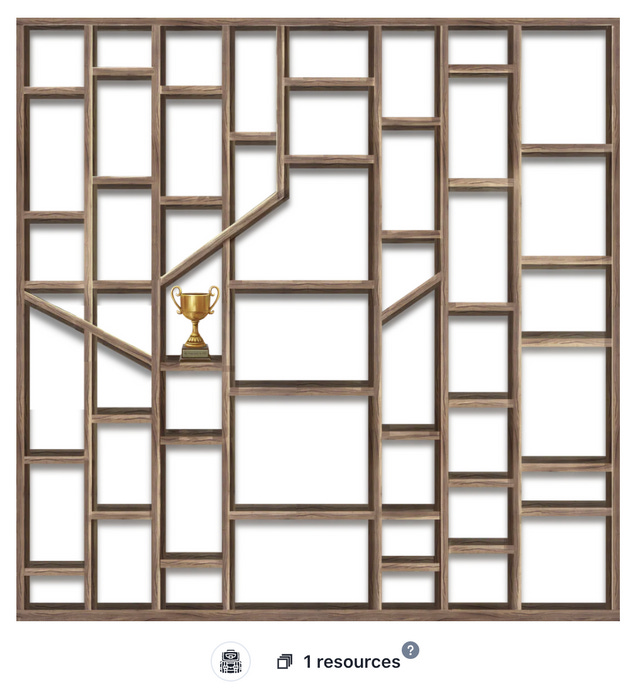A Manifesto of Some Sorts
Web3 came with the promise of Gov3: the idea of bottom-up, non-hierarchical, decentralized organizations with onchain voting by coin holders.
Most projects’ governance Wikis enshrine the principle that the majority of the stake can always command the network by way of stake-weighted voting.
Sophisticated governance models such as Polkadot introduce various novel mechanisms that seek to improve on the crude token-holder-centric model.
Most projects ultimately also cannot escape the need for some sort of delegation of administrative powers to a sub-set of token holders (to an elected “Council” in the case of Polkadot) with powers to table votes and - under defined circumstances - cancel malicious proposals.
We believe that to get governance right, we need to go beyond coin voting. We also believe this can be done without violating the majority rules principle.
Broadening the Stake
The solution could be broadening the stake by creating a new class of token holders who can earn tokens from participating in governance.
We first posted on this idea in March of this year, looking for a mechanism that would mine tokens to governance participants under what we called a Token Option Plan, in essence a smart-contractified version of a Web2 Employee Share Option Plan.
Since, there have been exciting developments in the NFT space which open up whole new possibilities for rewarding governance participation and contributions to Web3 projects generally.
A possible design could for instance include the creation of a second class of token holder who can earn non-transferable voting tokens from their involvement with a Web3 project in the form of NFTs unique to the contributor.
Particularly exciting is that such NFTs could be made “equippable”: a “base” (say an avatar you chose as your profile when participating in onchain governance) could earn badges from a catalogue.
In the context of gaming, such catalogue typically includes skins or boosters.
In the context of governance, equippability could include badges linked to reputation, or even a prize or trophy in recognition of a vote casted or a job well done.1
Such badges would slot into your avatar or could be displayed on a “reputational shelf” and some may even be made tradable even though the base NFT isn’t.

Governance megas
Perhaps more significant, the catalogue could include ”megas” that earn the award recipient extra legal powers in return for a sustained commitment to the project.
For instance, based on their attained reputation, some NFTs may be given more prominent votes in governance later on.
Over time, such committed contributors could even gain a lock on certain votes which could then only be adopted with their backing (or could not be adopted if they veto).
Such setup mirrors some of the preference rights lead investors get when they invest in a company, but instead of being granted upfront, preference megas would need to be earned over the longer term through sustained commitment e.g. as part of a project’s core team.
This core team is likely to be known and public, so privacy is arguably less desirable in this context.
In fact, governance contributors who actively groom their trophy shelf will probably want their reputation and possibly their identity to be known to other projects, for instance by storing their equipped governance NFTs in their .eth wallet.

Onchain Bicameralism
Key is that the NFT rewards can be earned by anybody, with the idea that smallholders and platform users can act as a counterbalance to the potential concentration of voting power in the hands of a few liquid token holders.
Second, to balance out the short-term incentives of liquid token holders who are likely to approve proposals intended to inflate the price of the project’s token, the NFT governance awards should not be transferable.2
The logical - and intended - result is two very different onchain constituencies (call them chambers or houses if you want): the liquid ERC20 token holders and the non-transferable NFT contributors.
Each will have the power to vote on an agreed list of joint matters, with each bringing their own motives and incentives.
“Dual citizens” such as the leads of the project who hold both liquid and illiquid tokens are in a similar position as shareholders-directors in realverse companies in this respect.
Majority (still) rules
If the vote on what should be included in the list of joint matters is ultimately decided by majority, the holy principle that the majority of stakes rules remains intact: All we do is enlarge the group of stakeholders by introducing a non-transferable NFT governance reward to give voice to a new constituency of voters currently neglected by the prevailing liquid token models.
In Part II, we first look at OtoCo’s current governance stack as the starting point for this road towards community governance.
Part III then outlines a roadmap for OtoCo’s governance with more detail on the sequence of votes towards fully decentralizing the project.
We fully intend to broaden OtoCo’s NFT awards to contributors beyond governance participants but more work needs done on measurability and accountability of tasks performed. We like the idea of individual empowerment: an approach that lets members of the community act on their own authority in achieving agreed deliverables for the project, in the clear expectation of unlocking pre-allocated token awards. ↩
Though just for fun some catalogue items that can be slotted into the base NFTs should be tradable, e.g. swag. More broadly, the NFT standard may also provide an on/off switch allowing for (temporary) transferability of the base NFT, which allows a minter to specify that an NFT should be movable only after a certain number of blocks. This may be useful when somebody wants to move on from a project and swap their NFTs for liquid tokens. ↩
